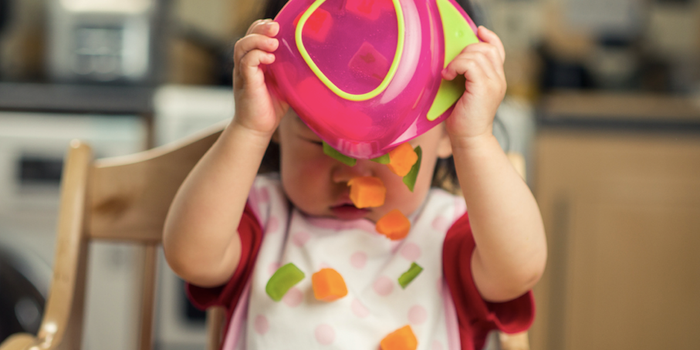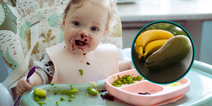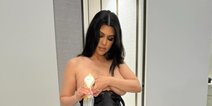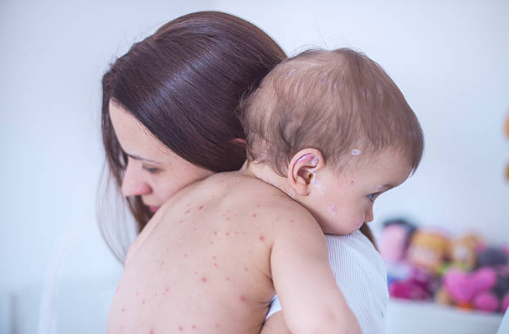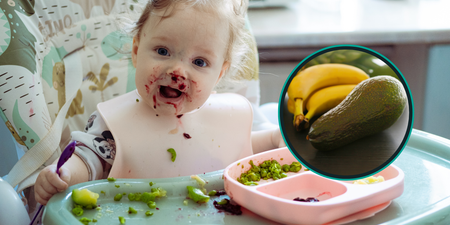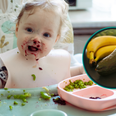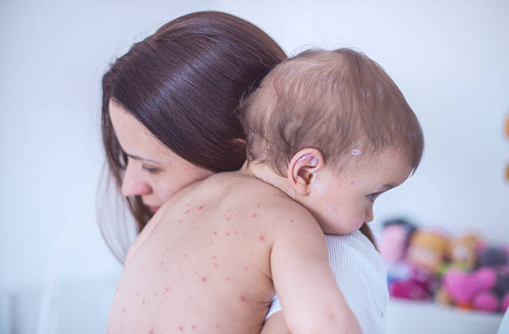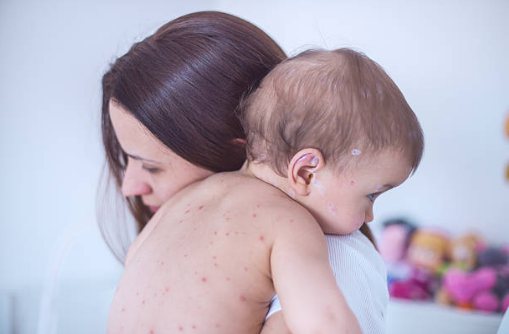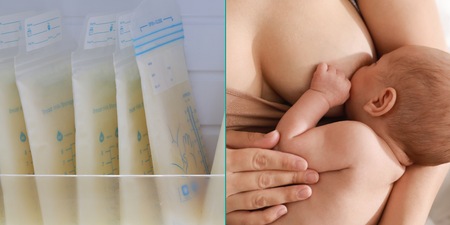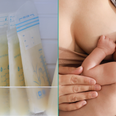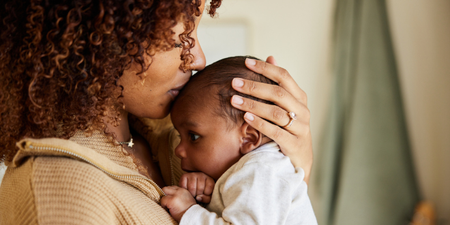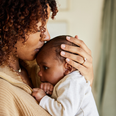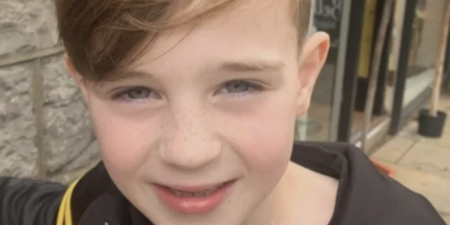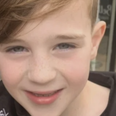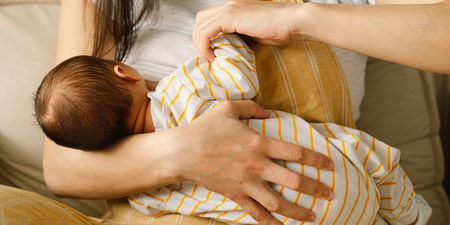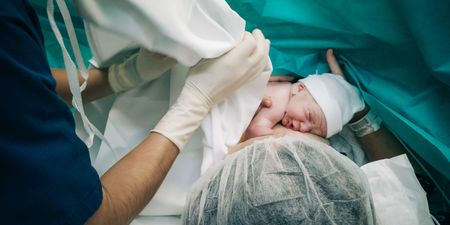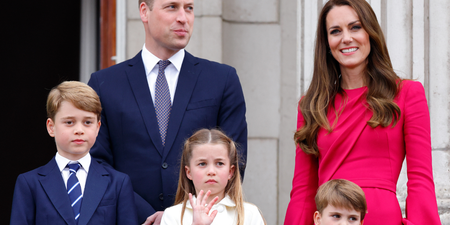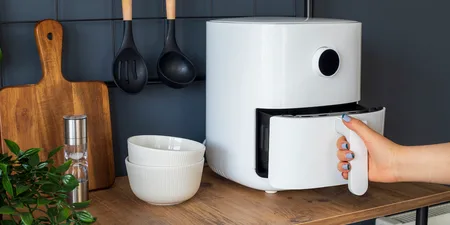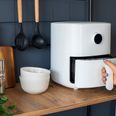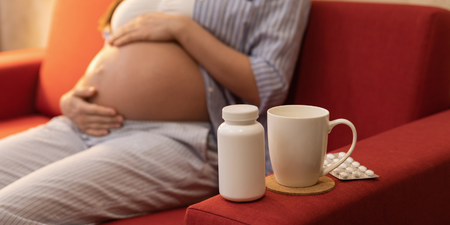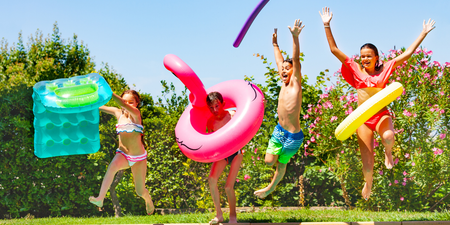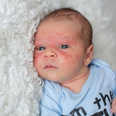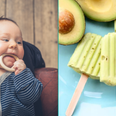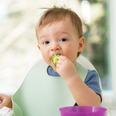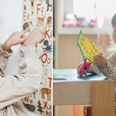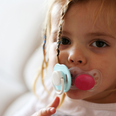Mess is good.
No, really – it’s true.
If your child makes a total mess at mealtime, don’t worry too much about the clean-up you are going to have to do later, and instead, enjoy the fact that your little one is benefitting from this mess in so many ways.
Admittedly, self-feeding mealtimes can be a bit stressful if you are a Type A mum who doesn’t really like spills all that much, but according to science, allowing your baby to self-feed (and make a total mess) is actually a great idea.
Benefits of baby-led weaning
According to research, self-led weaning contributes to better development of oral motor skill (the skills that help the mouth, tongue, lips and cheeks work in a coordinated way to mash up and swallow food).
Babies discover everything about the world around them through touch and their tactile sense, and so by letting them ‘play around with’ their food, you are actually allowing them to understand more about it and feel more in control about eating it. Our fingertips, lips and tongue are home to more sensory receptor cells than anywhere else on the body, and when you think about it, it is in this order babies will learn to eat by themselves: First by touching the food with their hands, then moving it to their lips, and then lastly, into their mouths.
As well as this, we currently live in an over-sanitised world where we have become to think of mess and dirt as something to be avoided at all costs.
However, this becomes a problem when we learn that sensory-related diagnosis’ is on the rise more than ever before.
A child who lacks basic experiences with textures on their hands and has never been exposed to messy textures in nature can become over-sensitive to tactile information like for instance they will object and cry when they get their hands or face messy or will refuse to walk in the sand or grass.
Sensory play, even with the food they are about to eat, is an important part of developing a tolerance of a variety of textures. In fact, the more textures babies and children are allowed to explore with their hands (and feet too), the more they can put a name to different textures like “mushy” “crunchy” “lumpy”, etc. And the more we broaden their understanding of different textures, the more likely they will allow these textures into their mouths in the form of new foods.
